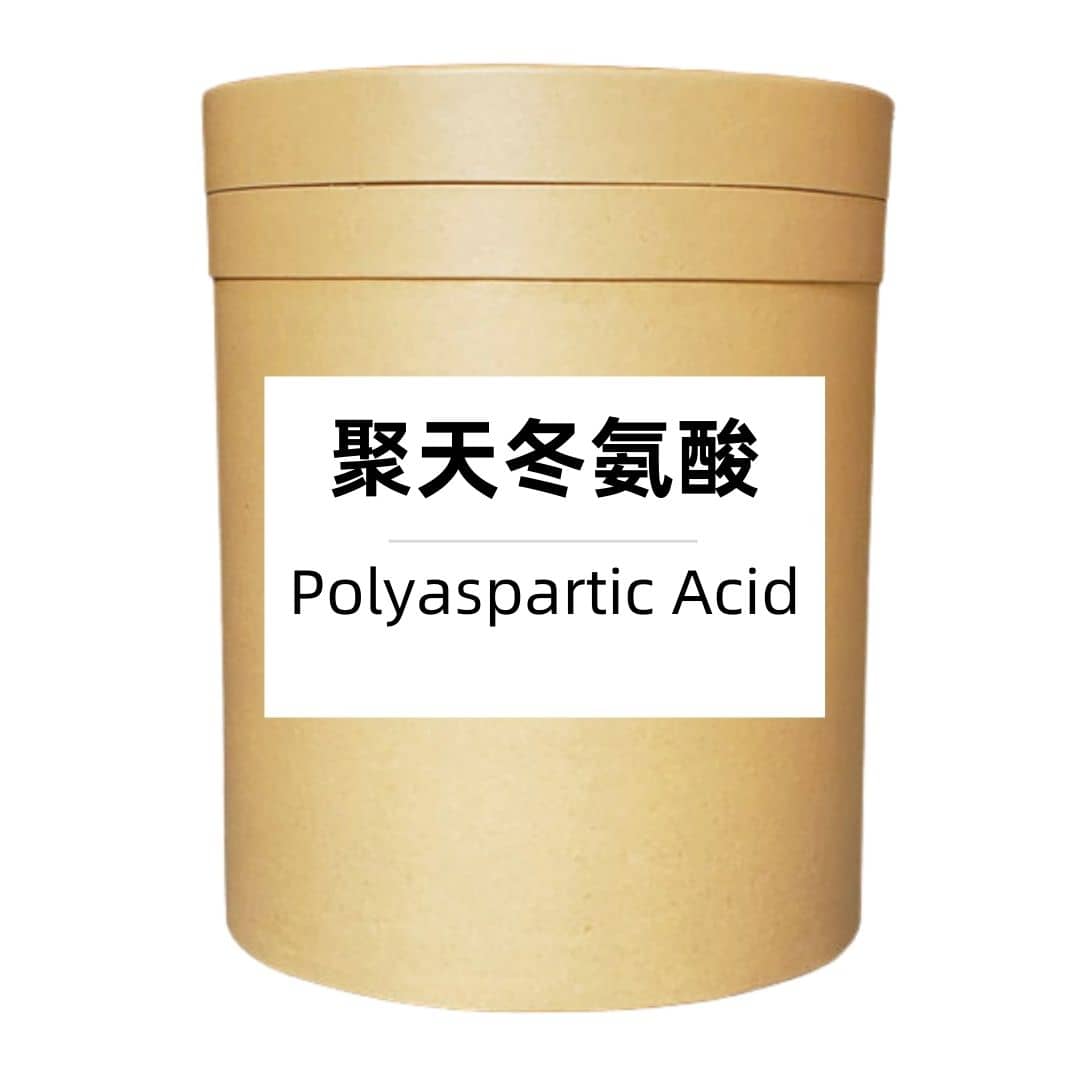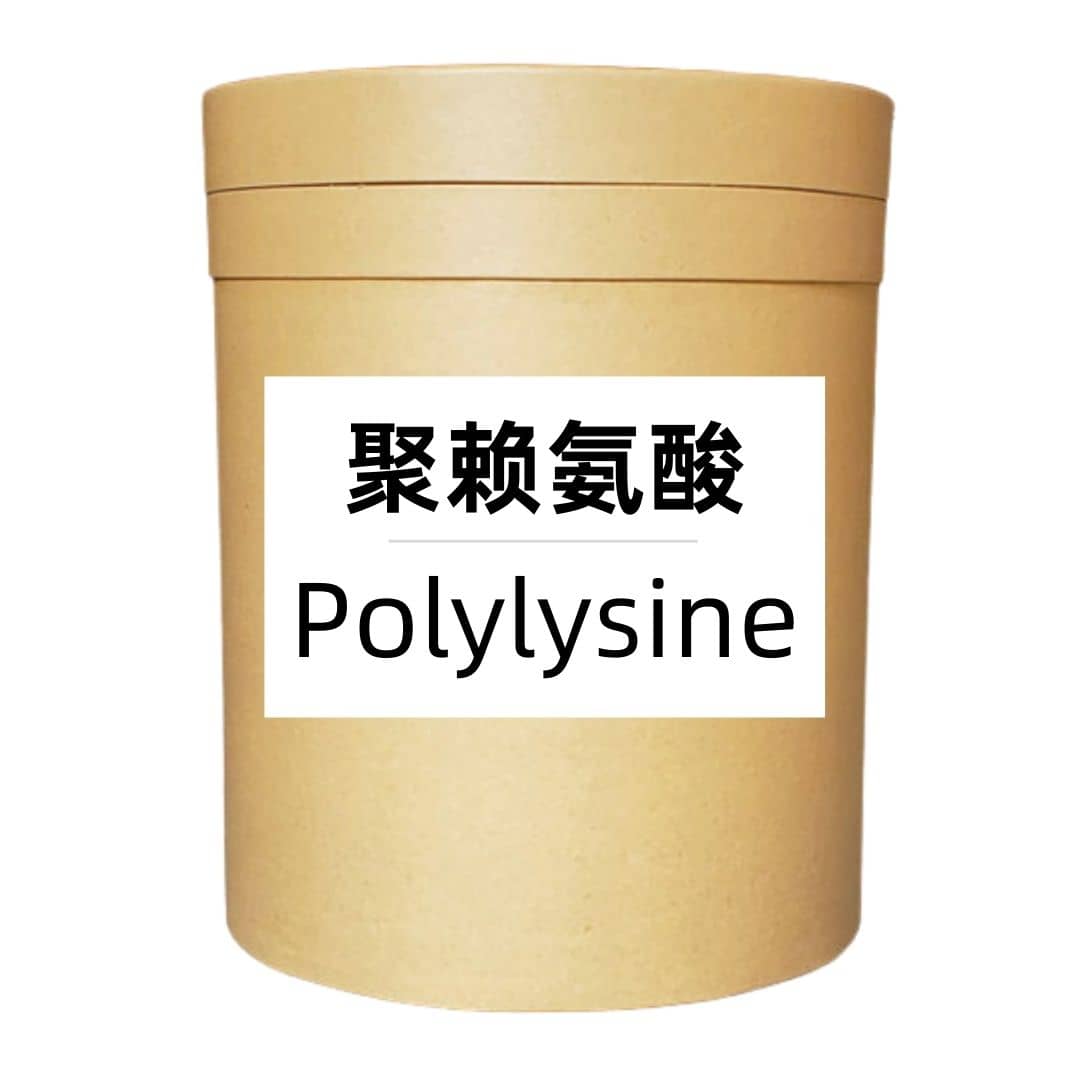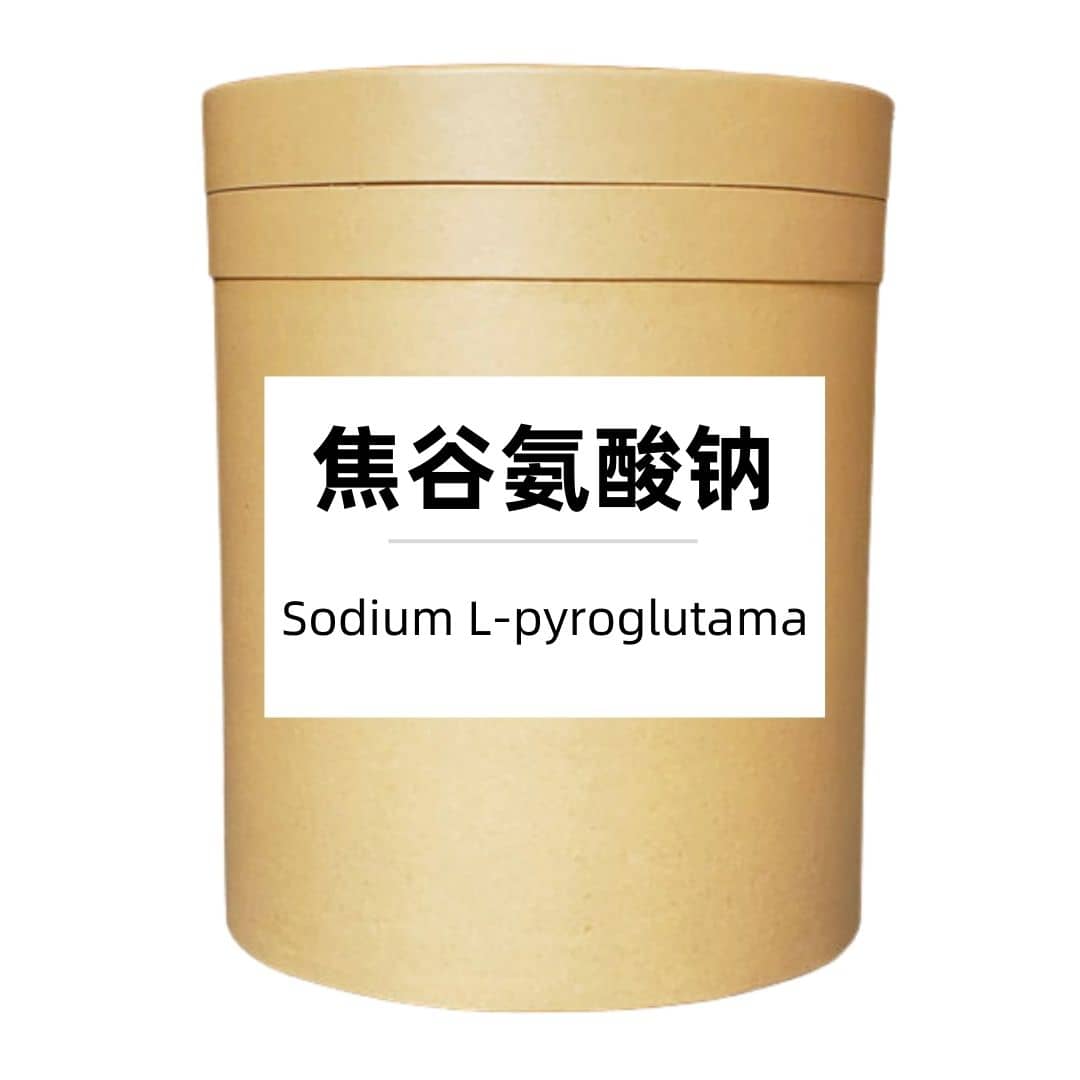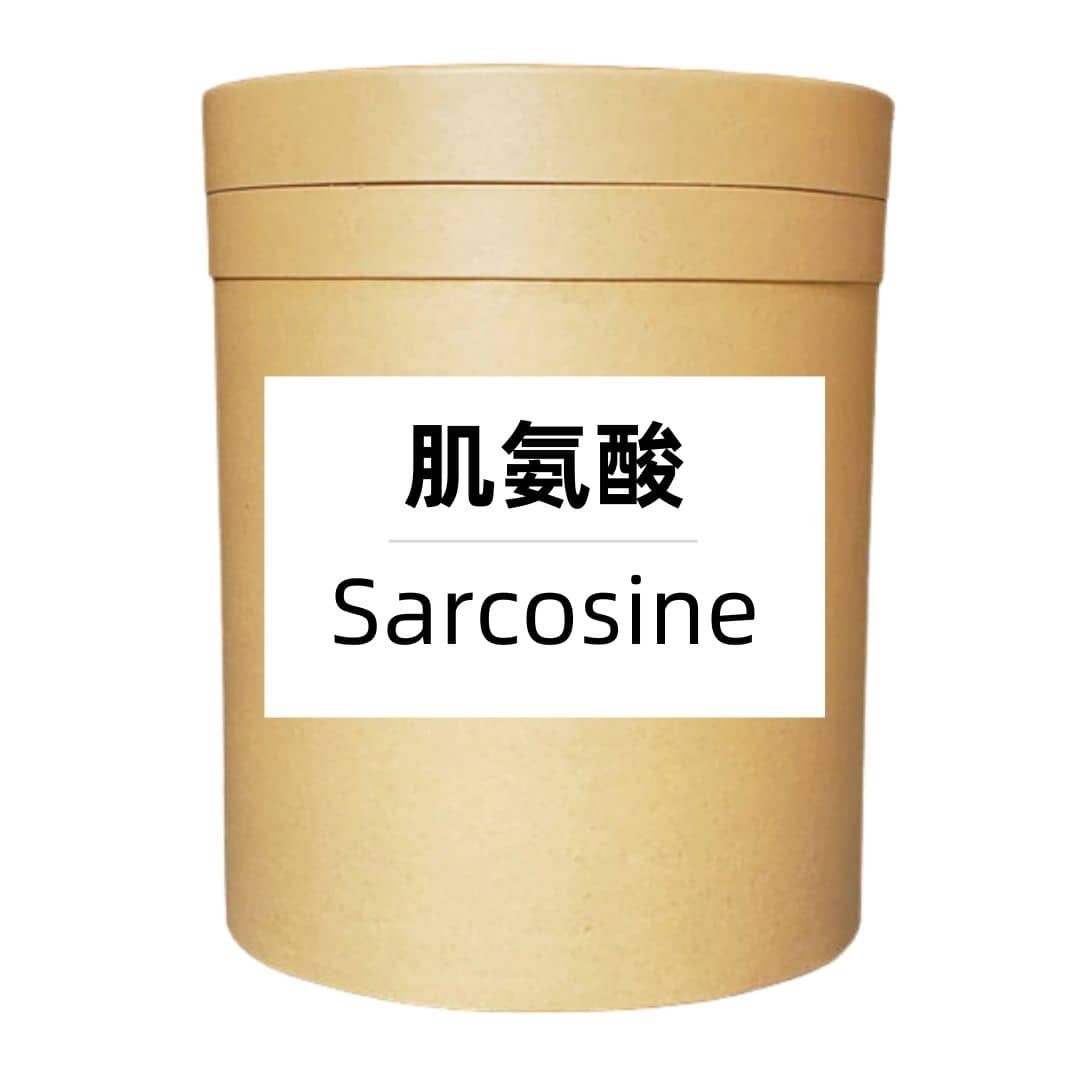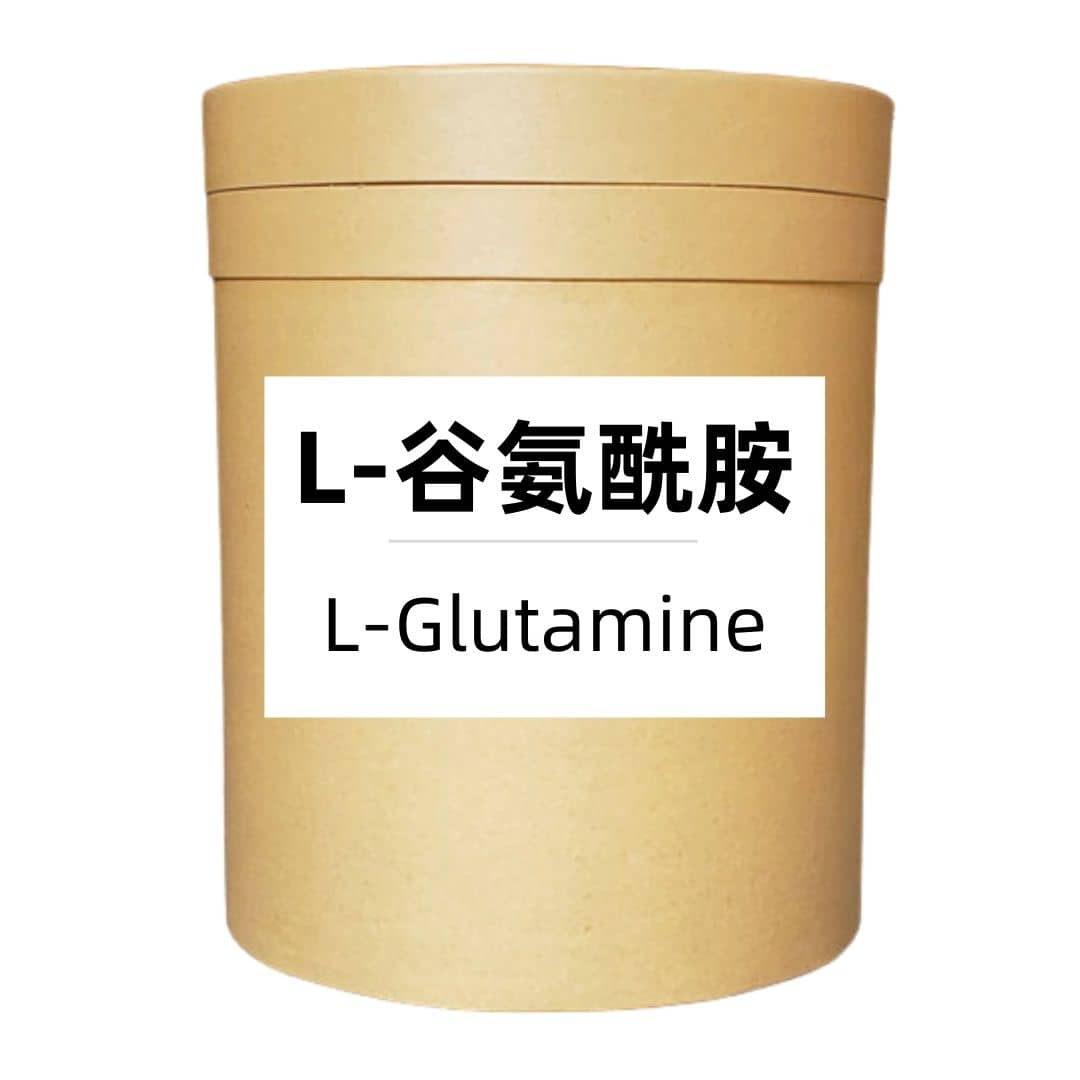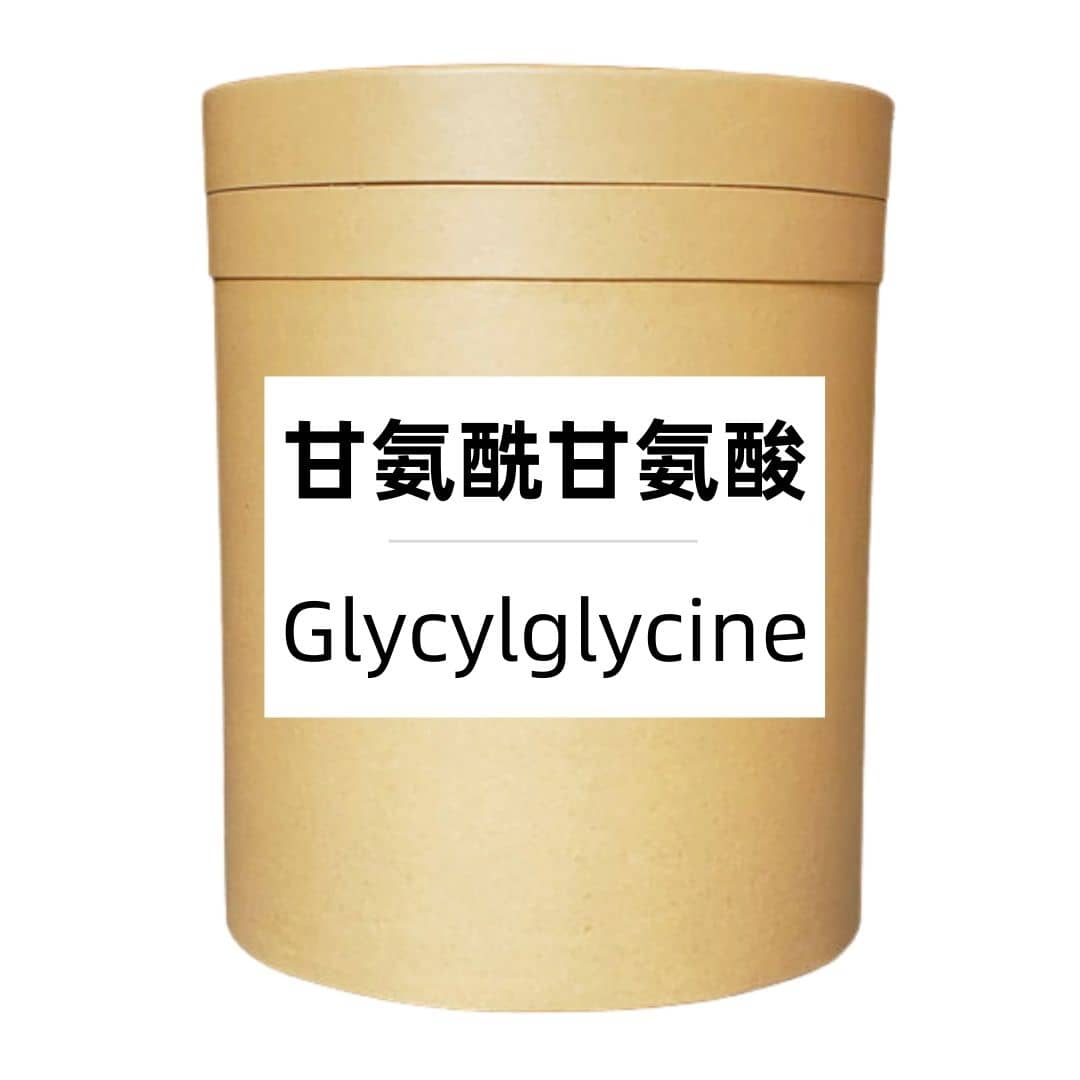Product Introduction
Proline, also known as L-Proline, is a natural amino acid widely used in food additives and cosmetic ingredients. As a food additive, it enhances the taste of food by increasing acidity and umami. In cosmetics, proline acts as a moisturizer and skin conditioner, effectively improving skin hydration and making it smoother and more supple.
Proline also possesses pharmacological properties and is extensively used in the pharmaceutical industry. It serves as a raw material for certain drugs, treating various conditions. Additionally, proline participates in energy metabolism, facilitating the transport and metabolism of amino acids within the body.
This product is produced under strict quality control and compliance with relevant regulations and guidelines. It is recommended to follow the correct dosage and methods when using this product to ensure safe use.
Production Process
The production process of proline typically includes the following steps:
- Raw Material Preparation: Prepare raw materials that meet quality standards, such as glutamic acid and aminopropionic acid.
- Reaction: Add raw materials into a reaction vessel and carry out the reaction under appropriate temperature and pressure. Proline forms during this process.
- Crystallization and Separation: Mix the reaction product with a solvent and heat to dissolve it. Subsequently, cool the solution or add another solvent to crystallize proline, and then separate the pure crystals.
- Drying: Properly dry the crystals to remove residual solvents and moisture.
- Quality Control: Conduct strict inspections and analyses to ensure the product meets quality standards and regulations.
Throughout the production process, operating conditions, raw material quality, and the production environment are tightly controlled to ensure product quality and safety. Compliance with relevant regulations and guidelines is a critical part of the production process to ensure product compliance.
Benefits and Functions
Proline has multiple benefits and functions, including:
- Promotes Protein Synthesis: As a building block of proteins, proline participates in protein synthesis, helping to increase muscle mass and maintain normal tissue function.
- Improves Athletic Performance: Proline is believed to increase muscle endurance and strength, enhancing athletic performance by providing extra energy and delaying fatigue.
- Promotes Metabolism: Proline is involved in energy metabolism, helping to regulate metabolism and promote energy production and utilization.
- Moisturizes and Hydrates Skin: In cosmetics, proline enhances skin hydration, increasing softness and smoothness.
- Provides Nutritional Support: As an amino acid, proline supplies the body with essential amino acids, supporting normal bodily functions.
It is essential to note that specific benefits and functions may vary depending on the product formulation and use. It is recommended to read the product instructions and follow the correct usage methods and dosage.
Application Scenarios
Proline has multiple application scenarios in different fields, including:
- Food Industry: As a food additive, proline enhances flavor and aroma, improving taste. It is commonly used in meat products, soups, and seasoning sauces.
- Cosmetic Industry: Widely used as a moisturizer and conditioner in cosmetics, proline improves product hydration and enhances skin moisture content, suitable for various skincare and makeup products.
- Pharmaceutical Industry: Used in synthesizing drugs and treating diseases, proline serves as a raw material for certain medications and helps regulate amino acid balance, supporting normal metabolism and function.
- Nutritional Supplements: Sold as an amino acid supplement, proline is available for those in need, such as athletes, fitness enthusiasts, and individuals seeking to increase muscle mass or energy.
When using the product, it is advisable to follow the product instructions and seek guidance from relevant professionals to achieve optimal results.
Packaging and Storage
Storage Conditions: This product should be sealed, protected from light, stored away from high temperatures, in a dry, cool, and well-ventilated place.
Packaging: Bulk packaging in 25kg cardboard drums; samples in 1kg aluminum foil bags; customizable packaging per customer requirements.
Transportation: By courier or logistics; domestic courier delivery within three days, logistics delivery within five days. Quotes typically include domestic transportation costs.
Shelf Life: Two years.
Monica Sun possesses extensive technical expertise and market insights in the food additives industry. She excels in designing efficient and safe additive formulations tailored to various food applications, ranging from sweeteners to functional dietary fibers. Monica has successfully assisted food manufacturers in optimizing ingredient combinations to enhance product quality and improve consumer satisfaction.









